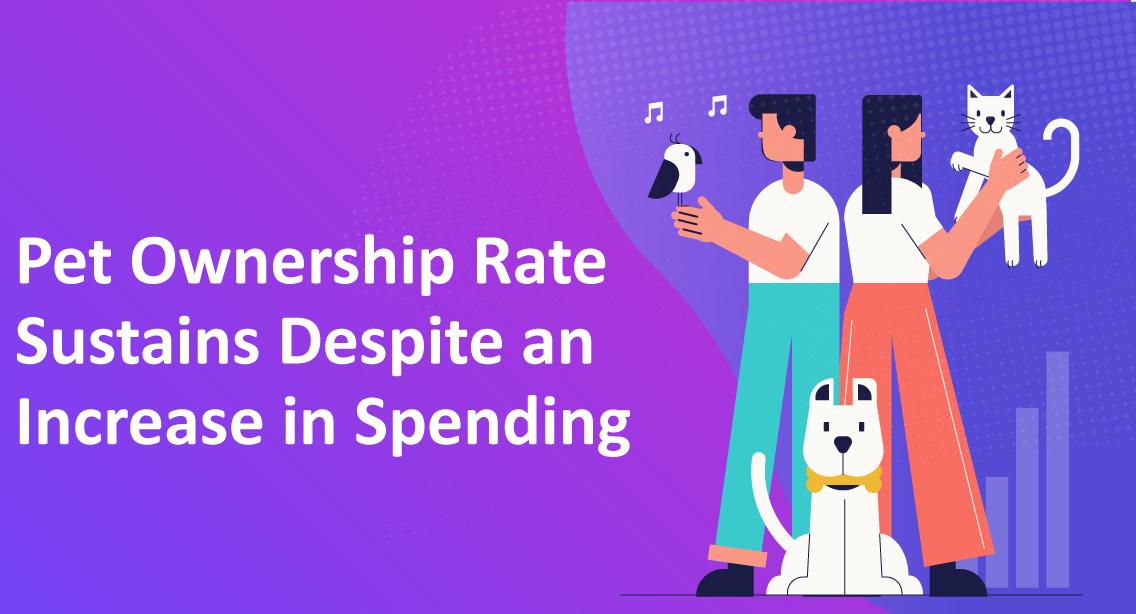Pet Ownership Rate Sustains Despite an Increase in Spending
According to the findings from the 2022 AVMA Pet Ownership and Demographics Sourcebook, the size of the pet population in the United States remained stable over the previous six years despite an increase in dog ownership in 2020 during the COVID-19 pandemic and more recent growth in the number of cat-owning households.
On October 24th, during the AVMA Veterinary Economic and Business Forum, Rosemary Radich, a former principal data scientist for the AVMA Veterinary Economics Division, said, “The increase in the number of households with dogs looks large, but it occurred over a six-year period, which is actually pretty conservative growth.”
Influence of Economy
In her presentation, Radich emphasized pet ownership patterns in the United States that are described in the AVMA sourcebook, such as a drop in horse ownership from 0.7% to 0.5% of households between 2016 and 2022. The figures from 2021–22, she said, were provisional and will be finalised later this year.
A similar pattern developed in home ownership (PDF), which went from 63.5% in the first quarter of 2016 to 65.3% in the first quarter of 2020. Then, it increased slightly to 65.4% in the first quarter of 2022. Dog-owning households increased from 38% in 2016 to about 45% in 2020-22.
According to Radich, all of this demonstrates how demand for pets is strongly influenced by the economy and the labor market, including distant employment, homeownership, and household income.
Tendencies in Spending
Between 2020 and 2022, consumer expenditure on dogs and cats grew overall. According to Radich, the average yearly cost of veterinary care for families with a single dog went from $224 in 2020 to $362 in 2022. In 2020 and 2022, families with cats spent an average of $189 annually on veterinarian appointments.
Respectively, dogs and cats owner paid $168 and $141 for an annual wellness visit in 2016, $195 and $133 in 2020, and $192 and $169 in 2022. Radich pointed out that there is no inflation adjustment for the expenses for 2016 and 2020.
In the past two years, affordability and value were the major causes for pet owners not seeing a veterinarian. “They felt like they didn’t need the service, they took care of it themselves, they didn’t have the money, or it just wasn’t worth the cost,” Radich said.
The AVMA conducted a language-oriented survey across the United States with pet owners. Now Under the Language of Veterinary Care Initiative, through videos, webinars, and e-books, veterinary professionals instruct pet owners to improve patient care.







